For centuries, Japanese temple gardens have embodied harmony, balance, and sustainable simplicity. Behind their quiet beauty lie ancient techniques that are as practical as they are poetic—many of which are still used by gardeners today.
From pruning for energy flow to using moss as a living mulch and designing with intentional asymmetry, these temple-born practices help create gardens that feel peaceful, resilient, and deeply connected to nature. They focus not just on appearance, but on long-term health and harmony.
In this article, we’ll uncover traditional Japanese gardening methods that can transform your space—no matter where you live—and explain how to apply these centuries-old principles to create a garden that thrives with grace and meaning.
Zen Garden Raking
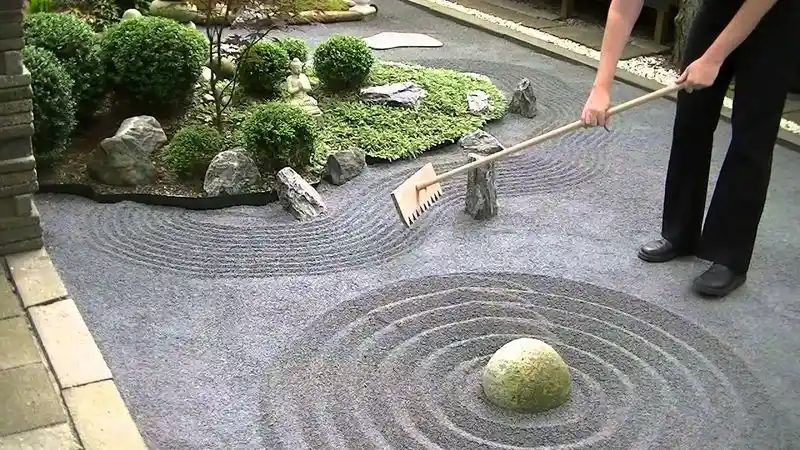
In the serene morning hush of a temple, an elderly monk gently rakes patterns into a Zen garden’s gravel. This meditative practice is not just for aesthetics; it symbolizes the calming of the mind. Creating patterns in gravel helps focus the mind and emulate the fluidity of water.
By regularly raking your garden, you can develop a sense of mindfulness and tranquility. Besides, it offers a chance to reflect on life’s simplicity. The deliberate strokes with the rake can transform a chaotic mind into a peaceful one, much like the tranquil gardens of Kyoto.
Pruning for Balance

A Japanese gardener, with careful precision, prunes a bonsai at an ancient temple, embodying the art of balance. Pruning is essential for maintaining the plant’s shape and health. It encourages new growth and allows you to control the look of your garden.
In Japanese gardening, pruning is about creating harmony between the plant’s structure and its surroundings. This practice teaches patience and attentiveness to detail. When done correctly, pruning can transform your garden into a sanctuary that mirrors the elegance of nature.
Stone Placement
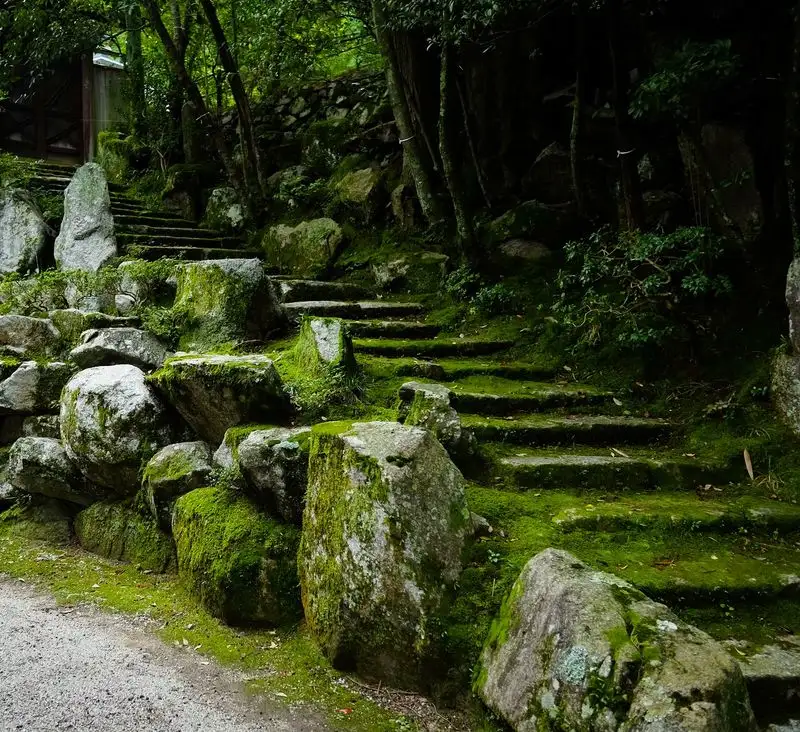
Ancient Japanese gardens often feature stones meticulously placed to represent mountains or islands. This practice reflects the Japanese appreciation for nature’s balance and beauty. Stones are not just decorative; they provide a sense of permanence and structure.
Strategically positioning stones in your garden can create focal points and pathways, guiding visitors through the space. This practice mirrors the seamless integration of nature and architecture found in temple gardens, where every stone has its place and purpose.
Water Elements
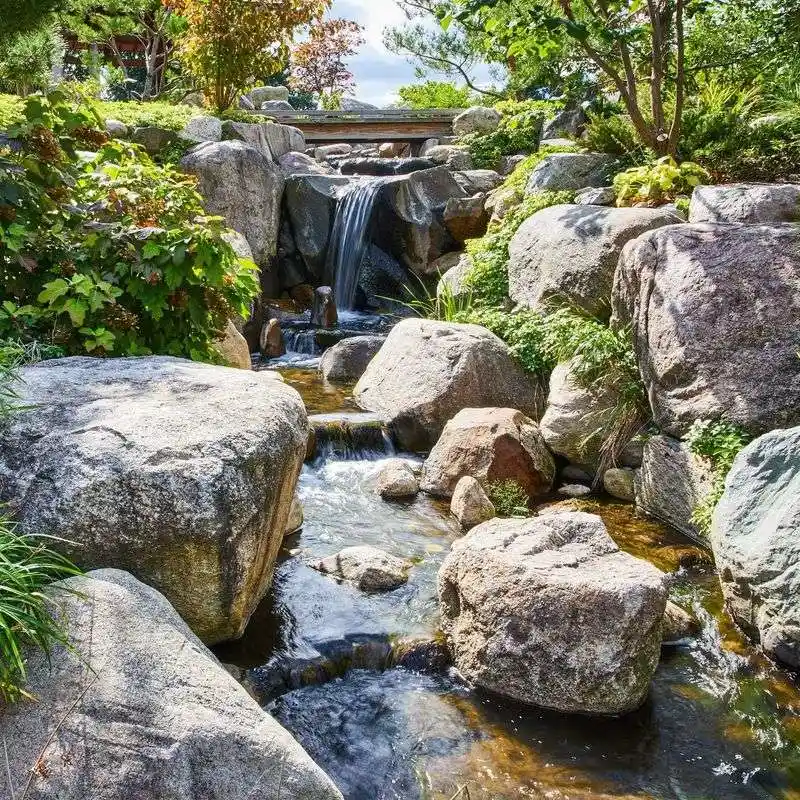
The gentle sound of water in a temple garden adds a layer of tranquility. Water features like koi ponds or small waterfalls evoke a sense of peace and continuity. They serve as a reminder of life’s constant flow and the importance of balance.
Incorporating water elements in your garden enhances its aesthetic while providing a soothing auditory backdrop. These features can transform an ordinary space into a harmonious retreat, reminiscent of the tranquil temple gardens.
Moss Cultivation
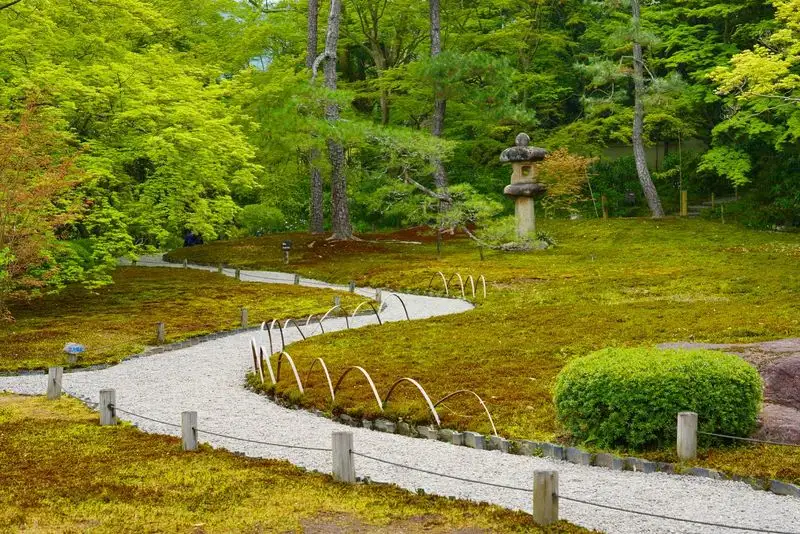
In the cool shade of a temple garden, moss thrives, covering stones and paths with a lush, green carpet. Moss cultivation is an ancient practice, valued for its ability to soften landscapes and create a sense of age and tranquility.
This versatile plant requires little maintenance, making it an ideal choice for those seeking a low-maintenance garden. Its presence in a garden not only enhances the visual appeal but also contributes to a sense of timelessness and peace.
Tea Garden Pathways
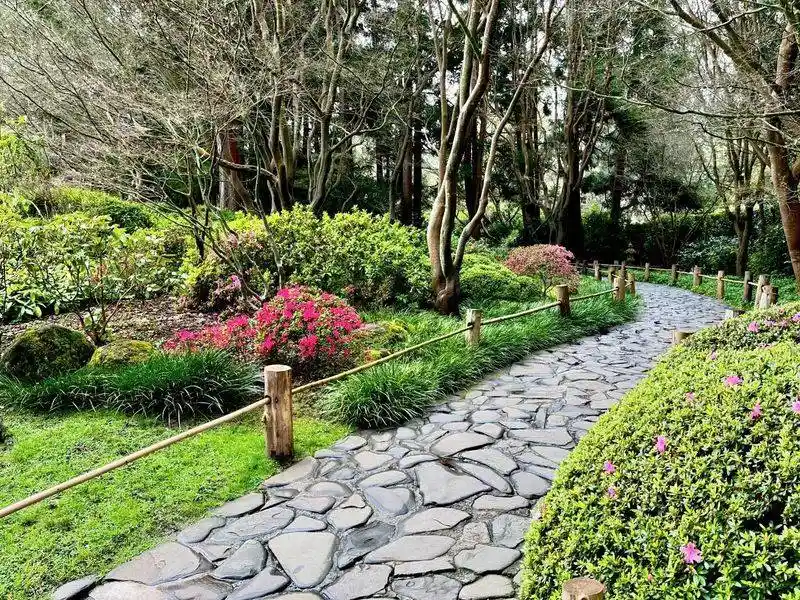
Winding pathways lead visitors to a tea house nestled within a Japanese garden, inviting quiet contemplation. These paths, often made of stone or gravel, guide the way while allowing the garden to unfold gradually.
Creating a tea garden pathway in your space encourages mindfulness and appreciation for the journey itself. Each step along the path can be a moment of reflection, as the garden reveals its beauty piece by piece, much like the thoughtful design of temple grounds.
Cherry Blossom Viewing
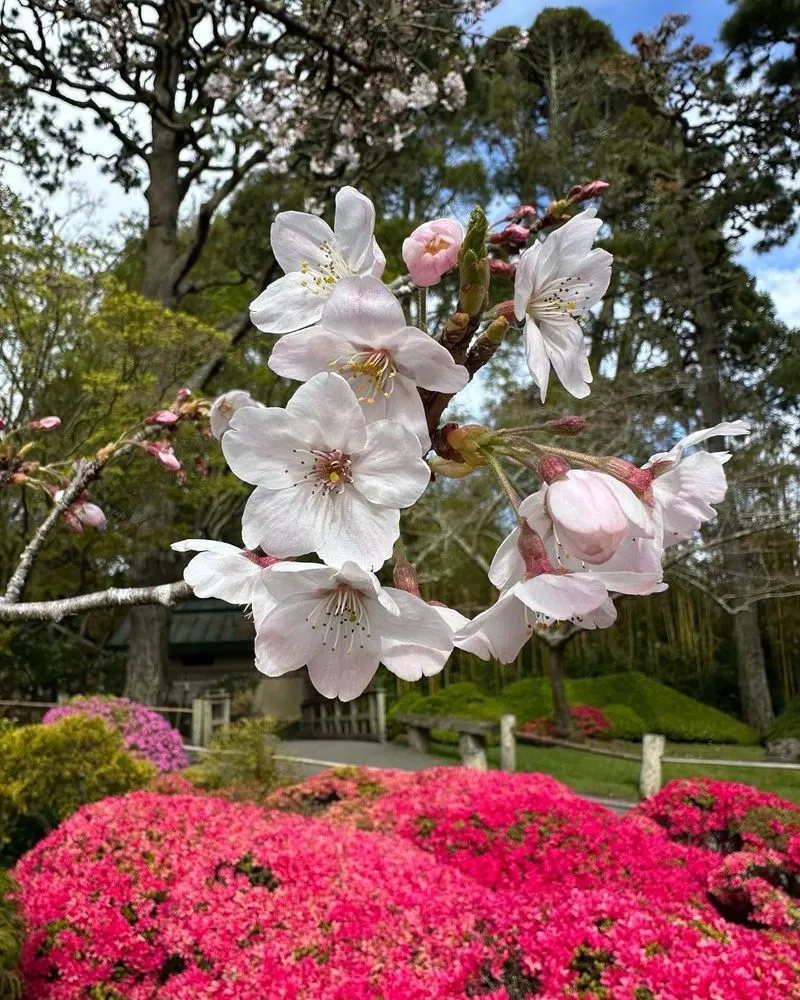
Springtime in Japan is heralded by the breathtaking sight of cherry blossoms in full bloom. This centuries-old practice of hanami, or flower viewing, is celebrated for its fleeting beauty and symbolism of life’s impermanence.
Incorporating cherry blossoms into your garden can provide an annual spectacle that captivates and inspires. The soft pink petals and sweet fragrance create a stunning visual display, offering a moment to pause and appreciate nature’s splendor, much like the cherished hanami festivals.

